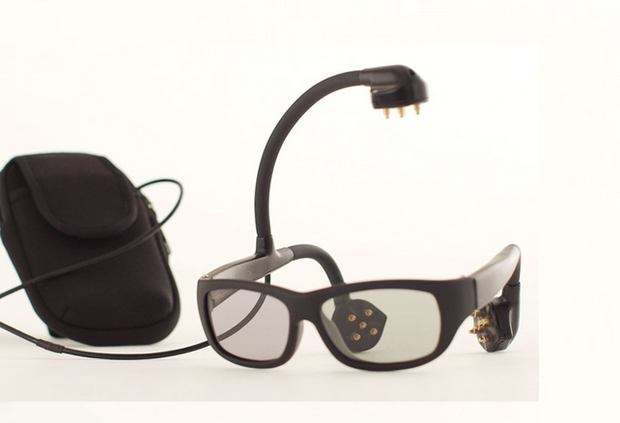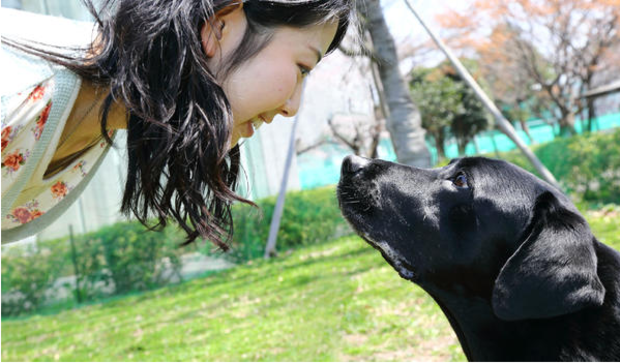Weird science news of the week
It's been a great week for breakfast ... in space.
First, the sixth cargo mission from SpaceX launched an espresso machine to the International Space Station, Tuesday, to quench the coffee needs of Italian astronaut Samantha Cristoforetti. Then, two Swedish brothers decided to launch a doughnut into space. They placed the pink frosted confection onto a plastic shelf and let it go on a weather balloon. It traveled more than 20 miles up.
Read more about the space station mission here and watch the doughnut fly above.
Next...
Oh, great: Brain's sarcasm center found
Sarcasm can be hard to interpret; it's a complex way to communicate. First, the person has to understand the literal meaning of what someone says, and then the listener has to detect the components of sarcasm: a wider range of pitch, greater emphatic stress, briefer pauses, lengthened syllables and intensified loudness relative to sincere speech.
Sarcasm might feel like a natural way to communicate to many people, but it's sometimes lost on stroke survivors. Now, a new study finds that damage to a key structure in the brain may explain why these patients can't perceive sarcasm.
To investigate, the researchers took MRI brain scans of the 24 stroke patients, and looked for damage in eight areas. The participants also took a sarcasm test, in which they listened to 40 sentences spoken either sincerely or sarcastically, and had to identify which was which. (For example, one sentence was, "This looks like a safe boat.")
After the researchers controlled for age and education level, they found that damage to the right sagittal stratum significantly impaired a person's ability to understand sarcasm.
Read the full story here.
Next...
The Earth is ringing, you just can't hear it
Scientists have long known that the planet is constantly vibrating at low frequencies - much like a bell after it's rung. But there was a debate about what caused the inaudible ringing.
Some said the hum was due to waves crashing together while others had suggested it might have to do with the waves bumping along the ocean bottom. According to a study in Geophysical Research Letters, a journal of the American Geophysical Union, it's a little of both.
Read the full story here.
Next...
Man tears tendon after playing "Candy Crush" for weeks
A California man tore a tendon in his thumb after playing a puzzle game on his smartphone too much, according to a new report of the case.
Such injuries are usually quite painful, but the man appeared to not notice any pain while he played, according to the doctors who treated him. The case shows that, in a sense, video games may numb people's pain and contribute to video game addiction, they said.
"We need to be aware that certain video games can act like digital painkillers," said Dr. Andrew Doan, a co-author of the case report and head of addictions research at the Naval Medical Center San Diego. "We have to be very cognizant that that can be abused," Doan said.
The 29 year old went to the doctor because his left thumb hurt and he was having trouble moving it. He told doctors that he had played the puzzle game "Candy Crush Saga" on his smartphone all day for six to eight weeks. The man had played the game with his left hand while he used his right hand for other things, the report said.
Read the full story here.
Next...
Cats chat with us using tails, whiskers and winks
Cats are very independent, and so they are easily misunderstood, says Dr. Gary Weitzman, president and CEO of the San Diego Humane Society and SPCA and author of the new National Geographic book "How to Speak Cat." He aims to unravel the mystery by helping people discern what cats are trying to convey.
Crafty kitties can make 16 different meow sounds and usually only unleash them when people are around, he said. Meows can be their way of saying feed me, pet me or let me out, and hardly ever get exchanged between cats.
The meaning of a scratch or a hiss is pretty clear, but cats can talk in more subtle ways - with their eyes and tails. Extending their tails straight up equates to a human handshake, he said. A cat perks up that appendage as it approaches to show it's happy to see you. A slow blink from a feline is like a wink between friends.
"Blinking is like a kitty kiss," Weitzman said.
Read the full story here.
Next...
Why do humans have chins?
Compared with other human relatives such as Neanderthals, modern Homo sapiens have particularly prominent chins. Some researchers have hypothesized that the modern human chin helps the jaw stand up to the forces generated by chewing, said Nathan Holton, an anthropologist at the University of Iowa.
In a new study, Holton and his colleagues find that the chewing theory doesn't hold water. Rather, it seems the prominent chin "is a secondary consequence of faces getting smaller," Holton said.
So why have faces shrunk? One possibility is that hormonal changes associated with reduced violence and increased cooperation had the side effect of "domesticating" the human face, thus shrinking it, Holton said.
Read the full story here.
Next...
Glasses that could help keep your brain in focus
With all of today's digital technology it can be difficult to focus. But a new pair of high-tech glasses may change that.
Attached to the glasses are sensors that measure brainwaves and send these signals to electrochromic lenses, which lighten and darken, giving users instant feedback on their brain activity. When attention drifts, the lenses darken, and when attention sharpens, they clear. The idea is to use those visual cues to train your brain to stay focused, keeping the lenses clear.
Read the full story and see them in action here.
Next...
Dogs and people bond through loving gazes
Dog owners often talk about their pets like they're part of the family. In fact, it often seems as though the family pooch is seen as another one of the kids. Now, scientists have found that the connections between humans and their dogs have the same biochemical basis as the mother-child bond, and it's strengthened by the same thing: a loving gaze.
A new study in Science led by Takefumi Kikusui, an animal behaviorist at Azabu University in Japan, carried out a series of experiments that examined the impact of the gaze in the dogs and their owners and found that those puppy dog eyes are even more meaningful than we thought.
The researchers found that when owner's and their canine charges gazed into one another's eyes during a 30-minute period, levels of oxytocin, a hormone associated with trust and maternal bonding, increased in both the humans and the dogs.
Read the full story here.






